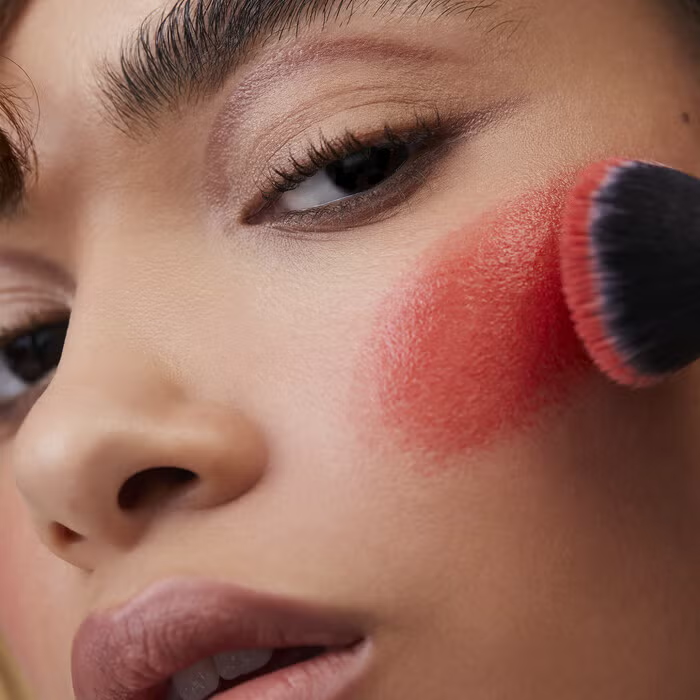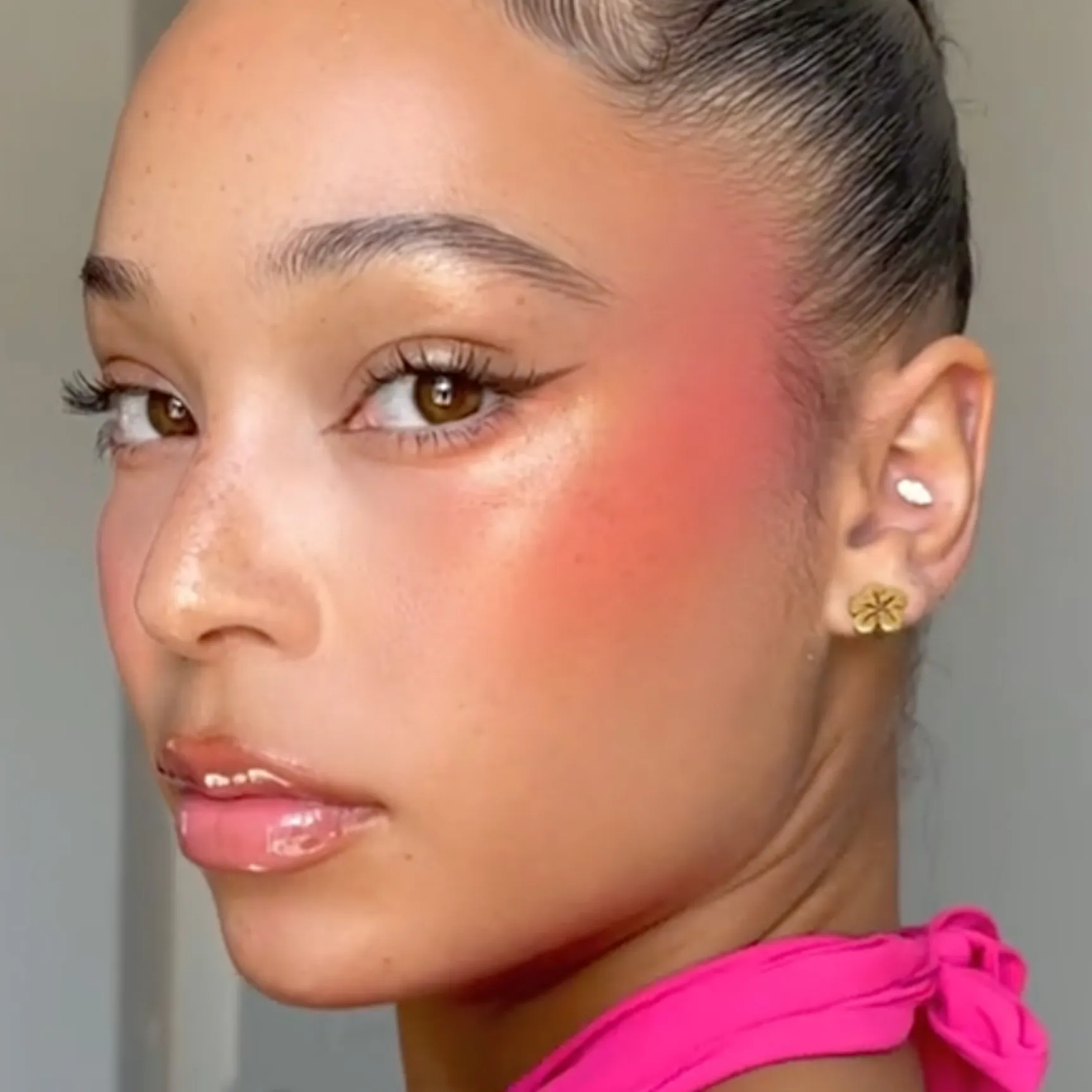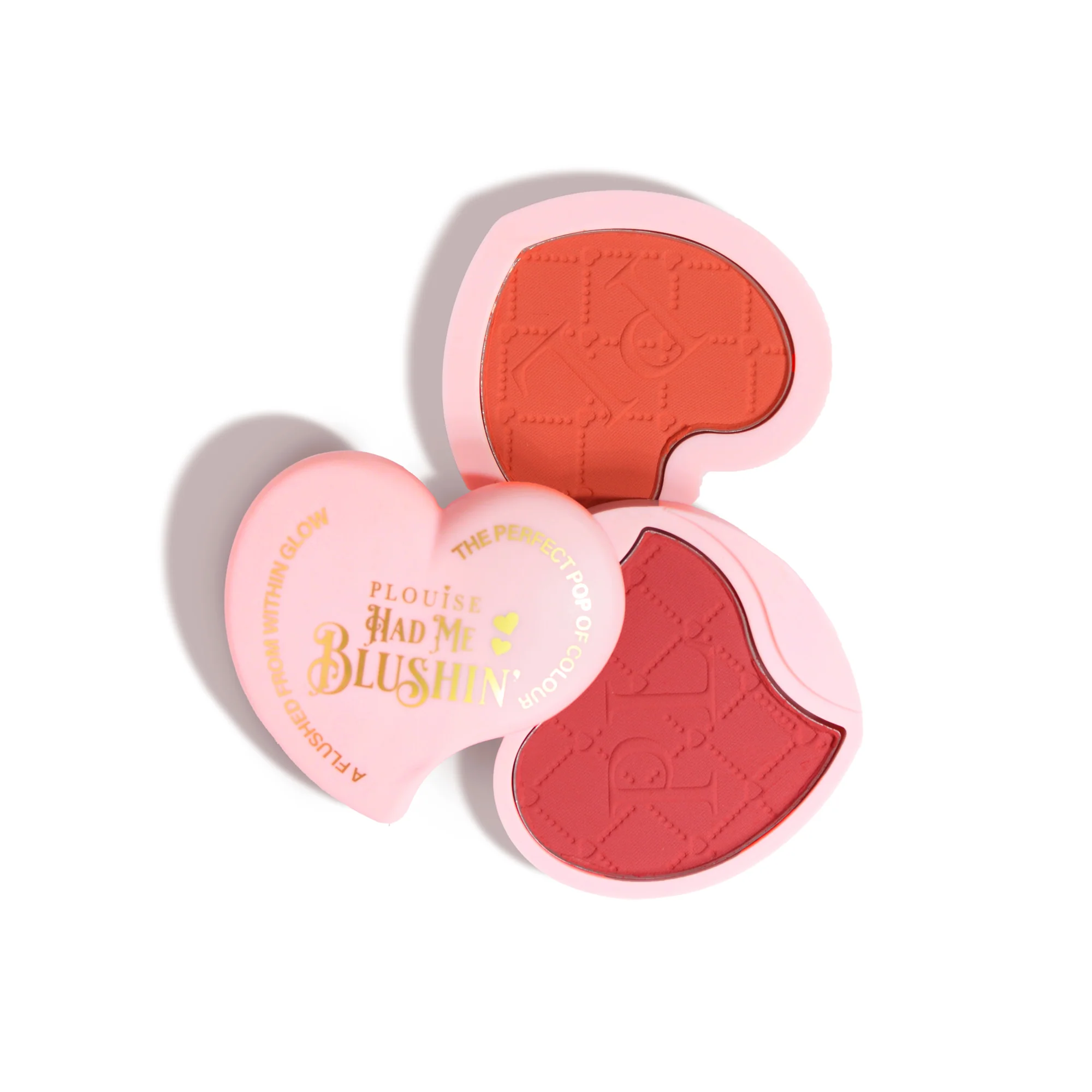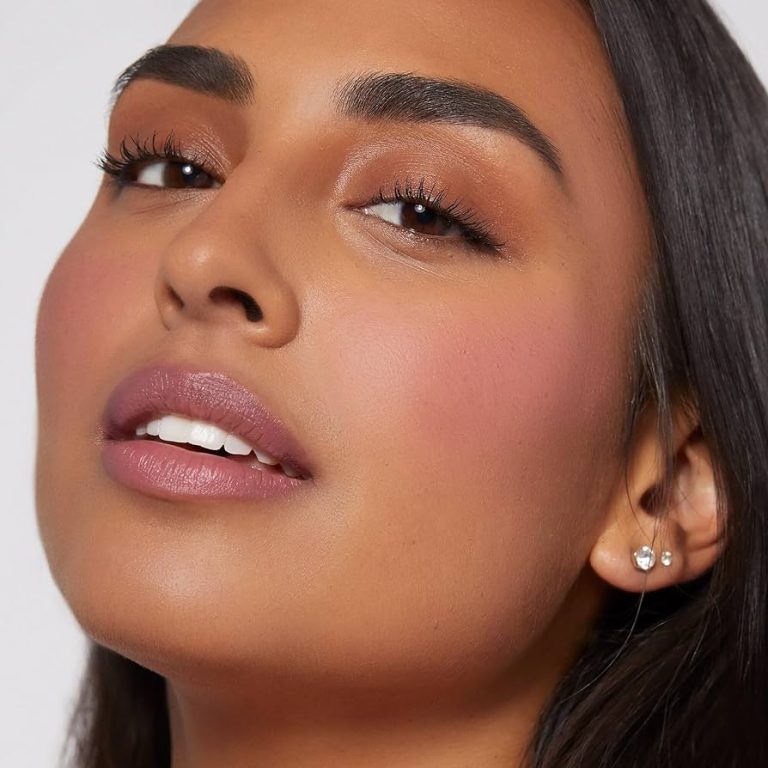
How to Choose a Blush Color: Application Techniques for Blush
How to Choose a Blush Color: A Comprehensive Guide
Choosing the right blush color can elevate any makeup look. The right shade enhances the complexion while providing a natural glow. However, with numerous options available, making a choice can be challenging. Factors such as skin tone, undertones, and personal preferences contribute to this decision. How to choose a blush color? This guide aims to provide clear strategies for selecting the perfect blush color.
Understanding Skin Tones
Understanding skin tones is crucial for choosing the right blush color. Skin tones generally fall into three categories: fair, medium, and deep. Fair skin typically appears lighter and may have cool or warm undertones. Individuals with fair skin often benefit from soft pinks, peaches, or light corals.
Medium skin tones possess a broader range of options. Many shades, including deeper pinks and mauves, work beautifully for medium complexions. Those with medium tones can experiment with bolder colors while still achieving a natural look.
Deep skin tones require rich and vibrant blush shades. Bold berry tones, fuchsias, and deep oranges complement darker complexions. These colors allow the blush to stand out while enhancing the beauty of deep skin tones.
In conclusion, recognizing skin tone is the foundation for selecting the perfect blush color. By understanding one’s own skin tone, individuals can narrow down choices effectively. This awareness leads to more successful and satisfying makeup applications.

Identifying Undertones
Identifying undertones is vital when choosing a blush color. Skin undertones can be categorized into three distinct types: cool, warm, and neutral. Cool undertones often include hints of pink, red, or blue. Individuals with cool undertones may find that soft pinks and cool berry shades complement their complexions beautifully.
Warm undertones, on the other hand, possess hints of yellow, peach, or golden tones. Shades of peach, coral, and warm pink work well for enhancing warm complexions. These colors add warmth and brightness, highlighting the natural glow of the skin.
Neutral undertones blend cool and warm elements, allowing a wide variety of blush colors. People with neutral undertones can successfully wear both warm and cool shades. This flexibility encourages experimentation, making it easier to find the right hue.
To determine undertones, evaluate the veins on the wrist. Blue or purple veins typically indicate cool undertones. Greenish veins suggest warm undertones. If it’s difficult to ascertain, the presence of both colors suggests neutral undertones.
Recognizing undertones helps streamline the decision-making process. Individuals can select blush shades that enhance their natural beauty and suit their skin tone effectively.
Testing Blush Shades
Testing blush shades before purchase is crucial for finding the right color. Many stores offer testers or samples of blush products. Taking advantage of these options allows for hands-on exploration of different shades in natural light.
When testing a blush shade, apply the product to the cheeks for the best assessment. Swiping a small amount of color on the cheekbone helps evaluate how it blends with the skin. Lighting conditions can greatly impact how the color appears. Natural daylight provides the most accurate representation of shades.
How to choose a blush color? Transitioning from one color to another allows individuals to compare products directly. Observing how each shade interacts with the skin tone will help in making a confident choice. Taking time to blend the blush thoroughly will provide a clearer view of the final result.
Another effective method is to take photos with the blush applied. Capturing images in various lighting can reveal how the color holds up throughout the day. This approach helps assess longevity and overall effectiveness.
Ultimately, testing blush shades helps individuals discover their perfect hue. This method ensures that decision-making is informed and tailored to specific preferences. Trying different options can lead to more satisfactory results when choosing the ideal blush for daily wear.
Choosing Blush Formula
Selecting the right blush formula also impacts the final look. Various types are available, including powder, cream, and liquid formulas. Each type offers distinct benefits suited for different preferences and skin types.
Powder blush is a widely popular option, particularly for beginners. It provides pigmented color and allows for easy blending. Additionally, powder formulas tend to work well on oily or combination skin. A fluffy brush easily applies powder blush for a soft finish.
Cream blushes deliver a dewy, natural glow, making them ideal for dry or mature skin. These formulas blend seamlessly into the skin, offering a fresh appearance. Using fingers or a makeup sponge facilitates ease of application with cream blush.
Liquid blushes provide vibrant color and usually have a lightweight feel. They can create a smooth, luminous finish but may require more skill to apply correctly. Using a brush or sponge helps achieve the desired look.
Ultimately, the preference for blush formula will depend on individual skin type and desired finish. Testing different formulas will help determine which one feels most comfortable for daily use. Selecting the appropriate formula enhances the overall experience and results in a polished makeup look.

Application Techniques for Flawless Blush
Proper application techniques are essential for achieving a beautiful blush look. Begin by selecting a high-quality brush that suits the chosen blush formula. Fluffy brushes generally work well for powder blush, while denser brushes are better suited for cream and liquid formulas.
When applying blush, start with a small amount of product. It is easier to build color gradually than to remove excess. Lightly tapping the brush into the blush gives just the right amount to work with.
Identify the correct placement for the blush on the cheeks. How to choose a blush color? Applying blush to the apples of the cheeks creates a youthful, rosy appearance. Smiling helps locate this area, making application straightforward.
Using circular motions, blend the blush evenly on the cheeks. Gradually build color by applying additional layers if needed. Ensuring the blush transitions seamlessly into the skin prevents harsh lines.
For those seeking a lifted appearance, blend the blush slightly towards the temples. This technique enhances features while creating a flattering effect.
Finally, finishing with a setting spray helps lock the makeup in place. A light mist provides longevity while adding vibrancy. This approach results in a polished, long-lasting look. Mastering these application techniques leads to beautiful blush results every time.
Enhancing the Overall Makeup Look
How to choose a blush color? Enhancing the overall makeup look involves coordinating blush and highlighter effectively. Highlighters add glow and dimension, complementing blush beautifully. Understanding how to apply these products ensures a radiant finish that enhances overall beauty.
Begin by applying blush according to preferred techniques. Once the blush is applied, it’s time to incorporate highlighter. Select a highlighter that complements the blush shade for harmony. Options may include champagne, gold, or silver hues, depending on skin tones.
Using a fan brush or a smaller brush, apply highlighter to the high points of the face. Concentrate on the tops of the cheekbones, the bridge of the nose, and the brow bone. These areas are where light naturally hits, enhancing the desired glow.
When applying highlighter, it is essential to blend well. Avoid applying too much product, as subtlety often creates more sophisticated results. Focusing on a soft, luminous finish enhances the overall makeup look.
Consider applying blush and highlighter in a monochromatic color scheme. Matching the tones ensures a harmonious appearance that looks polished and intentional.
Finally, remember to assess the overall makeup in natural light. This evaluation allows for necessary adjustments to ensure perfect blending and color coordination. By focusing on enhancing the overall look, individuals can achieve a captivating and radiant appearance.

The Impact of Seasonal Trends on Blush and Highlighter
Seasonal trends play a significant role in shaping blush and highlighter choices. Each season brings new color palettes, techniques, and styles that redefine beauty. How to choose a blush color? Understanding and embracing these trends enables individuals to maintain fresh looks throughout the year.
In spring, softer pastels become particularly appealing. Light pinks, lavenders, and soft peaches evoke feelings of renewal and freshness. These colors work beautifully together, enhancing a cheerful spring aesthetic.
As summer arrives, bolder colors take precedence. Bright pink, coral, and tangerine hues are ideal for achieving a sun-kissed glow. Combining vibrant blush with glowing highlighters creates a radiant summery look that can elevate any outfit.
When autumn approaches, deeper shades emerge as preferred options. Burgundy, plum, and warm oranges reflect the changing leaves. For this season, highlighters can also introduce warm gold or bronze tones for a rich, cozy feel.
Winter brings opportunities to explore glamorous, festive looks. Darker blush shades paired with shimmering or metallic highlighters create striking holiday designs. This aesthetic captures the spirit of the season while celebrating elegance.
Overall, adapting blush and highlighter choices according to seasonal trends fosters creativity. This flexibility allows individuals to experiment and evolve their makeup looks based on personal preferences and seasonal themes.
The Importance of Color Matching
Understanding color matching is vital when applying blush and highlighter. Coordinating these elements creates a harmonious appearance and enhances overall beauty. How to choose a blush color? The goal is to achieve a balanced makeup look that complements skin tones and personal styles.
When selecting blush and highlighter shades, consider the skin tone. Individuals with warm undertones may prefer peachy or coral blushes. These shades bring warmth while harmonizing with skin tones, ensuring a cohesive look.
Cool undertones work best with pink or berry blushes. These colors should enhance features without overpowering the natural look. Matching cool-toned highlighters, such as icy or silver tones, complements the overall aesthetic effectively.
Neutral undertones allow for flexibility in color selection. Individuals can experiment with various shades without feeling restricted. This versatility encourages exploration while showcasing the perfect blush and highlighter combination.
In addition to matching skin tones, consider the makeup look as a whole. Selecting shades that align with eye makeup and lip colors fosters a cohesive appearance. This balance unifies the entire ensemble, creating a polished, intentional look.
Ultimately, the importance of color matching lies in enhancing natural beauty. Subtle adjustments and thoughtful selections can lead to stunning results, allowing individuals to shine effortlessly. By recognizing color dynamics, applying blush and highlighter becomes an art form, celebrating unique expressions.
Final Thoughts: Mastering Blush and Highlighter Application
How to choose a blush color? Mastering the application of blush and highlighter enhances overall beauty routines tremendously. Applying these products effectively requires a combination of techniques, tools, and color matching. Understanding these elements leads to stunning results that reflect individual style.
Consistent practice allows individuals to refine their application skills. Trying different techniques will lead to improvements in blending and placement. Over time, proficiency develops, enabling versatile styles that suit various occasions.
Exploring seasonal trends and adapting styles keeps the beauty experience exciting. Recognizing that makeup is an expressive art encourages individuals to push boundaries. Celebrating creativity leads to personalized styles, enhancing beauty and confidence.
Incorporating high-quality products is crucial for achieving desired effects. Investing in reliable brands ensures that blush and highlighter perform as intended. Quality tools, such as brushes and sponges, also play a significant role in application success.
Staying informed about makeup techniques and trends serves to enhance creativity. Engaging with beauty communities promotes learning and inspiration. Sharing experiences fosters collaboration and support among enthusiasts.
Finally, the journey of mastering blush and highlighter application leads to newfound confidence and skill. Embracing the artistry encourages self-expression while celebrating beauty. Ultimately, this mastery enhances the empowerment that comes with applying makeup, providing joy and satisfaction every day.

